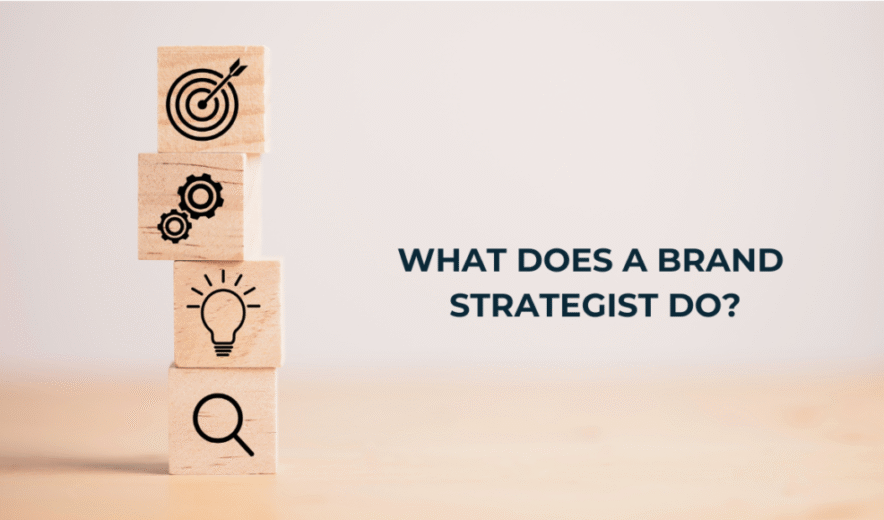Breaking into Strategy: A Roadmap for Aspiring Brand Thinkers

Brand strategists play a key role in shaping how a company connects with its audience. They bring ideas to life, guiding brands to stand out and build lasting relationships with customers. For those aiming to enter this field, understanding the essentials of brand strategy is the first step. This article lays out what you need to know, what skills to build, and how to take concrete steps toward a career in brand strategy.
Understanding Brand Strategy
Brand strategy sets the foundation for how a brand appears, behaves, and speaks to its audience. It’s not just about logos or ads, but about a deeper plan that shapes customer perception and drives business success. This role differs from other marketing jobs by focusing on long-term brand value instead of short-term campaigns.
The Purpose of Brand Strategy
At its core, brand strategy aims to create a clear and consistent image that appeals to the right people. This clarity helps companies build trust, stand apart from competitors, and ultimately encourage loyalty. For consumers, strong brand strategy means they know what to expect and feel connected to the brand’s values.
Key Components of Brand Strategy
Several elements make up a solid brand strategy:
- Brand Positioning: Defining how the brand fits in the market and what makes it unique.
- Target Audience: Identifying who the brand serves and what those customers need.
- Messaging: Crafting clear messages that speak directly to the audience’s interests and pain points.
- Competitive Analysis: Studying rivals to find opportunities and threats.
Together, these parts create a roadmap for all branding efforts.
The Role of a Brand Strategist
Brand strategists spend their days researching markets, analyzing data, and developing plans that shape brand stories. They work closely with teams like marketing, design, and product development. Key skills include strong communication, research, creativity, and problem-solving. Being able to understand data and turn it into insights is particularly important.
Building Skills and Knowledge for Strategy Careers
Starting in brand strategy means building the right mix of skills and knowledge. Here’s where to focus your efforts.
Developing Analytical and Critical Thinking Skills
Brand strategists need to analyze research and data, spotting trends or issues that affect the brand. To improve this:
- Practice breaking down studies or reports.
- Work on interpreting numbers in context.
- Solve real-world problems through case studies or exercises.
These habits help sharpen your ability to make informed decisions.
Learning About Consumer Behavior and Market Trends
Knowing how and why customers think and act is vital. Watch for changes in preferences, buying habits, and attitudes. Useful resources include:
- Books on consumer psychology.
- Industry reports and surveys.
- Following market news and trend blogs.
Understanding the customer lets you build strategies that resonate and stay relevant.
Gaining Experience Through Projects and Internships
Hands-on work teaches the most. Look for internships or freelance projects that let you contribute to branding or marketing activities. Even small tasks like helping with research or social media can build critical skills. Experience also shows employers you can apply what you’ve learned.
Networking and Seeking Mentorship
Connecting with professionals inside the industry opens doors. Attend industry events, join online groups, and reach out for informational interviews. Finding a mentor can provide guidance, feedback, and valuable lessons from someone with real experience.
Practical Steps to Enter the Brand Strategy Field
Knowing what to do is important—it’s also key to take action. Follow this roadmap to start your career.
Choosing Relevant Education and Certifications
A degree in marketing, business, communications, or psychology can be useful. Some programs focus on branding or strategic thinking, which helps build a solid foundation. Certifications in market research, analytics, or digital marketing can also add value.
Building a Portfolio that Demonstrates Strategic Thinking
A portfolio should tell the story of how you think as a strategist. Include case studies, project summaries, or examples where you identified problems and proposed solutions. Use clear explanations to show your reasoning and results.
Applying for Strategy Roles and Preparing for Interviews
Look for entry-level brand or marketing strategy jobs that match your skills. Tailor your resume to highlight strategic thinking and relevant experience. Before interviews, prepare to explain your thought process clearly and discuss examples of your work. Practice answering common questions about brand challenges and your approach.
Continuing Growth and Staying Updated
Brand strategy changes over time, so keep learning. Follow industry news, read books, and seek new challenges at work or in side projects. Staying curious keeps your skills sharp and your ideas fresh.
Conclusion
Breaking into brand strategy takes focus on both learning and doing. Start by understanding what brand strategy is and why it matters. Build your skills in analysis, customer insight, and communication. Gain experience wherever you can and connect with those in the field. Follow clear steps around education, portfolio-building, and job applications. Most importantly, keep growing and stay engaged with the field. With dedication, you can become a strong brand thinker who shapes brands that truly connect.


Leave a Reply